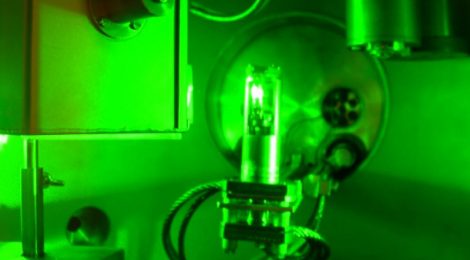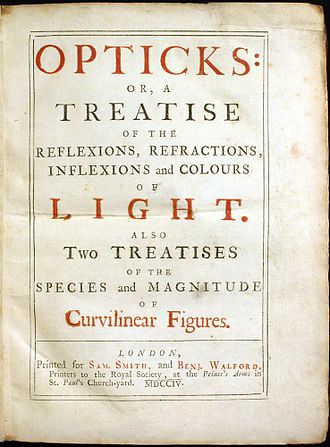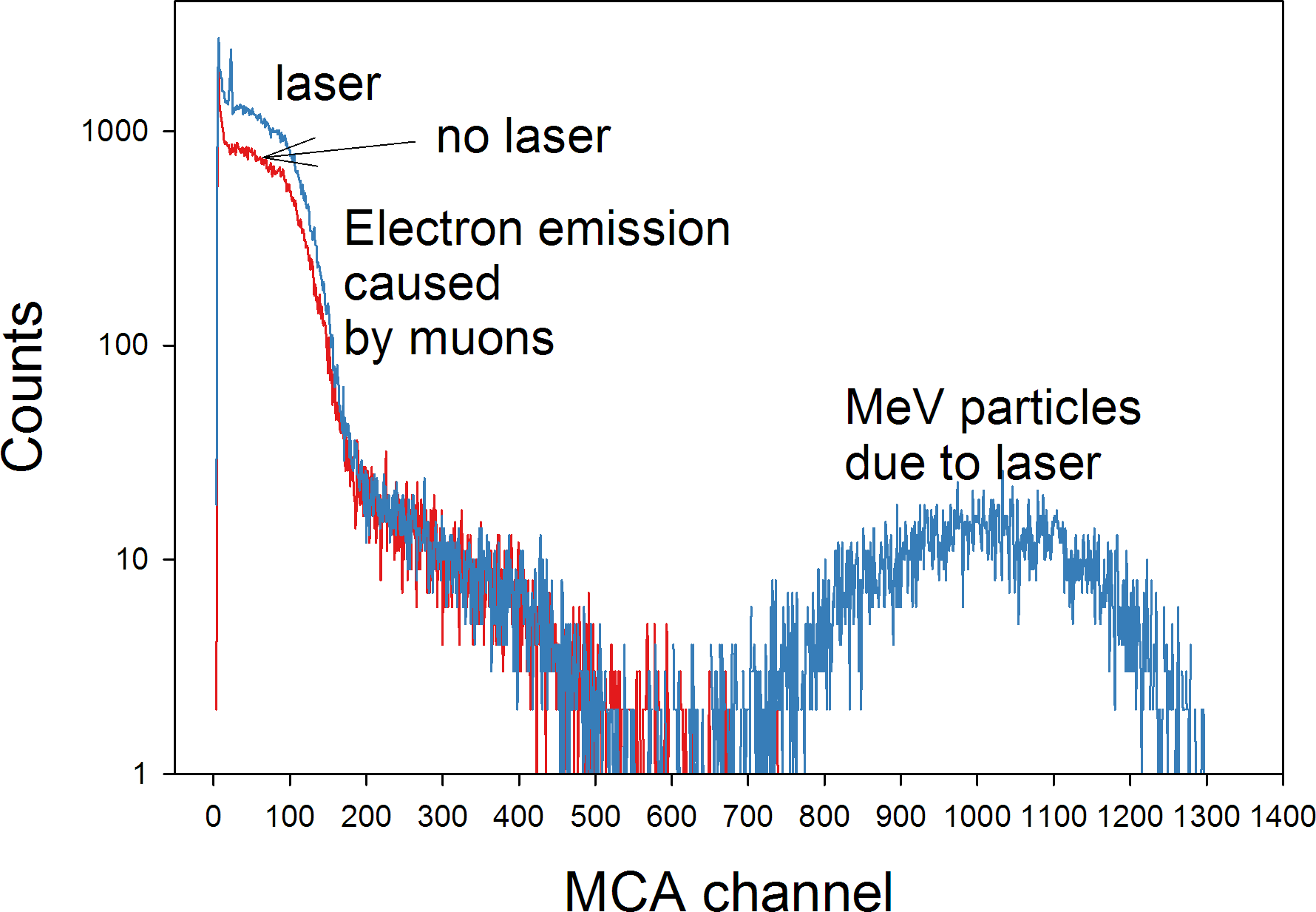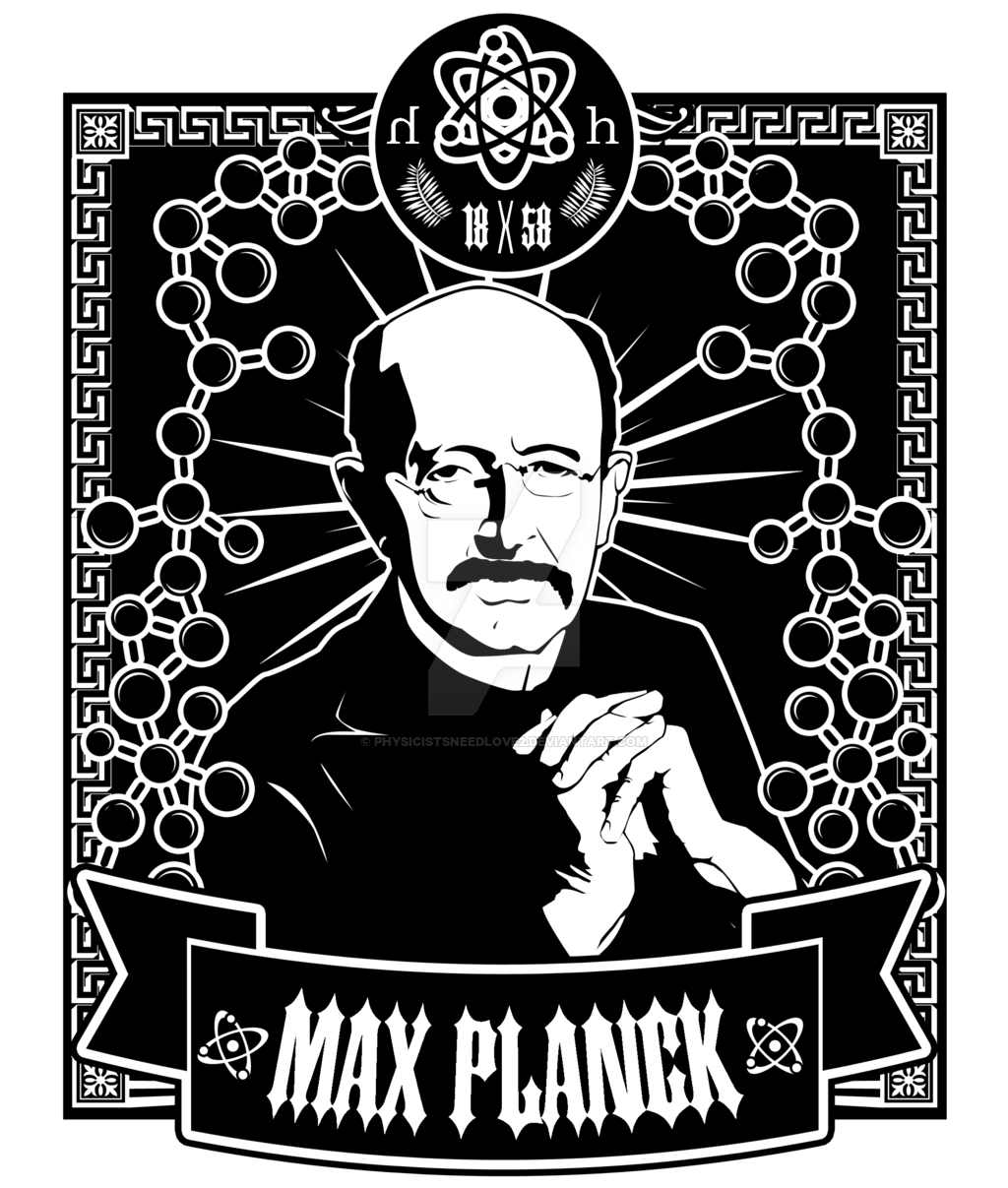
Ultra Dense Fusion, A Physics/Energy Magnum Opus
A new paper by Holmlid is a magnificent magnum opus on ultra-dense fusion
In the work metals filled with hydrogen and deuterium are teased with a green laser
The result is incredible energy release by a form of nuclear fusion never, well almost never, before described.
What can one say, this 41-page paper is simply magnificent, “Mesons from Laser-Induced Processes in Ultra-Dense Hydrogen H(0)” – Leif Holmlid – Published: January 12, in PLOS ONE. It seems a very unusual form of ultra-dense fusion is in hand in an incredibly simple to reproduce form with all the precision particle physics anyone might ever demand to substantiate it. Best of all is that the ultra-dense deuterium that my good friend Martin reported on all those so many years ago in 1989 is now confirmed as being part of the magic.

Issac Newton’s Magnum Opus describing his experimental work redefined the world of optics when published in 1704.
The profound observations reported on in this paper are the match for any of the great papers of the age of modern ‘experimental’ physics and that age goes back for some considerable span of time. In my view, this paper is the match for many including the work that began the modern scientific revolution, On the Revolutions of the Heavenly Spheres by renaissance astronomer Nicolaus Copernicus, first printed in 1543. What followed is a list of note including the reports on their experiments by Van de Waals, Röntgen, Thompson and more. Later theoretical upstarts like Einstein would join the list though his works were purely ‘Gedanken’ in character not anchored by his own experiments.
The true test of great scientific work is whether it produces practical useful technology. In this Holmlid’s experiments go the distance to help explain the phenomenon described in 1989 by Fleischmann & Pons which was all about producing ultra-dense hydrogen in metals with the observation of spectacular energy release, ultra-dense fusion. The ‘spin masters’ of time re-worded Fleischmann’s descriptions of what was going on and dubbed that work ‘cold fusion’, a moniker that has become for a brand of bad science. Holmlid’s stunning experiments have shown that the works were prescient, powerful, and profound and anything but ‘cold.’
Data Speak To Me
Like a few others working on experiments with hydrogen loaded metals, aka ultra-dense states of hydrogen, Holmlid added a simple dimension of teasing the UDH (ultra dense hydrogen) with a green laser, something many have tried. What Holmlid did that is of such extraordinary substance is that he wrapped his experiment with the most sophisticated observational instruments imaginable. He is a true perfectionist scientist and his results offer proof of his experimentalist skills. He sought the data that would speak for itself and he gathered it.
What Holmlid’s data speaks of is that in the complex environment that is solid state matter (metals) filled with ultra-dense hydrogen the complexity of the atom ecology therein defies being dumbed down into a singular form. There is an entire zoo of strange behaviour taking place and most assuredly the one behaviour that is NOT taking place is simply ordinary fusion. Most striking of all are the observations of strange, here-to-fore, crazy mischugenon particles, that are almost like nothing we’ve seen before.

Holmlid’s emission data proves nuclear processes result when a very weak green laser illuminates a metal filled with ultra-dense hydrogen – click to enlarge
Holmlid’s body of work going back a decade is amongst the most advanced in the field of the atom ecology of ultra-dense hydrogen and the unusual fusion that is so characteristic of that field. His work points to obvious directions to stimulate the reactivity and technological promise. His observations also clearly show that the field of fusion is not at all a simple data point but is, in fact, a very complex continuum that merges ‘slow/cold and hot’ fusion into an apparent fusion ecosystem. In the middle of it all is ultra-dense fusion, aka solid-state fusion.
As is becoming clearly apparent by the meticulous character of Prof. Holmlid he has explored the two common forms of hydrogen, light and heavy (deuterium). In reward for this dualistic pursuit, he has observed that while both forms of hydrogen participate in these new fusion pathways only deuterium yields net energy gains.
He states, “MeV particles are ejected by laser-induced processes in both D(0) and p(0). Also, normal D+D fusion processes giving 4He and 3He ions were shown to be initiated by a relatively weak pulsed laser [using deuterium fuel]. Laser-induced nuclear fusion in D(0) gives heat above break-even, as reported in Ref. [15].”
To summarize it is safe to say that in both cases, light and heavy hydrogen, mesons/muons are produced in abundance. But with deuterium there is also classical D+D fusion where helium is formed in addition to the mesons, and this provides the excess heat, some 450 times or more the energy output as input. This is NOT the case with light hydrogen/protons. The expected 24 MeV gamma of classic D+D → 4He is NOT present.
Holmlid’s D+D fusion reactions proceed with two steps and only give an energy up to 3.0 MeV in the first reaction step, and up to 14.7 MeV in the second step of the reactions. This is the process apparently that avoids the 24 MeV gamma. Thus, nuclear processes take place with deuterium which are indeed a new version of fusion — with a new kind of unexpected multi-particle branching where gammas do not occur.
About that new multi-particle evidence what is apparent is that mesons come first after the laser pulse. But since mesons have incredibly short lifetimes what happens next is vital. The mesons very quickly transform into muons. In the presence of an enormous flux of muons catalyzed fusion which has been known for 75 years is entirely likely. It would be nigh unto impossible to avoid fusion when muons and tightly packed deuterons are both present. But the new physics doesn’t simply stop there an additional miracle appears in that the suppression of energetic gamma radiation is also a characteristic of this particular atom ecology.
For the history books
 One of the side-shows for the history books that this stunning new work provides is that it re-defines as fools and naer-do-wells a host of ruthless critics of ‘cold fusion’, aka ‘ultra-dense fusion’. Over the years so many including the most prestigious of so-called scientific societies and journals have been gadflies, cynics, and sycophants regarding all associated with cold fusion.
One of the side-shows for the history books that this stunning new work provides is that it re-defines as fools and naer-do-wells a host of ruthless critics of ‘cold fusion’, aka ‘ultra-dense fusion’. Over the years so many including the most prestigious of so-called scientific societies and journals have been gadflies, cynics, and sycophants regarding all associated with cold fusion.
You all know who you are (those still alive), perhaps there is time to recant your ruthless tirades and ridicule and in confessing your utter lack of humility and your treacherous criticism find absolution. At the top of the list is of course lies the Journal Nature which it is now proven does not hold up to its name.
As Max Planck once said, “science progresses one funeral at a time”, bemoaning the fact that fools spreading fake news are nothing new.
Holmlid’s Magnum Opus is available for free online at PLOS ONE via this link http://journals.plos.org/plosone/article?id=10.1371/journal.pone.0169895
